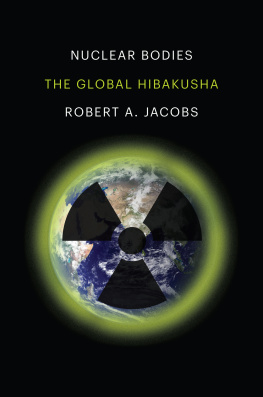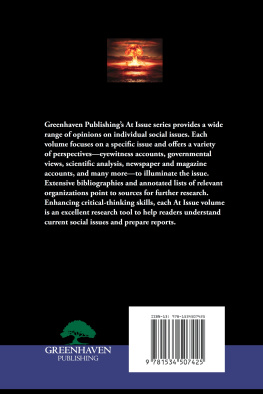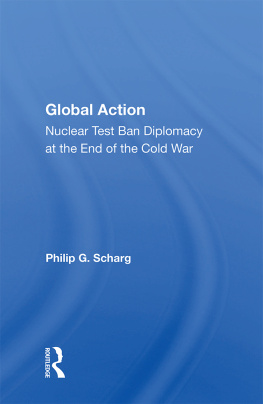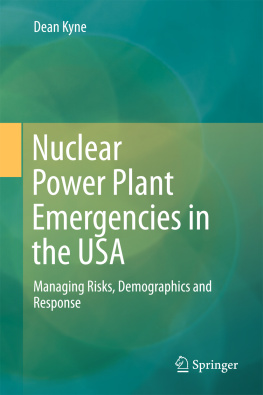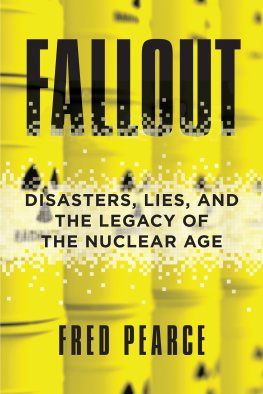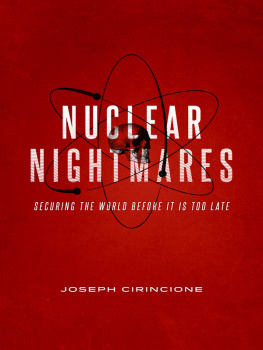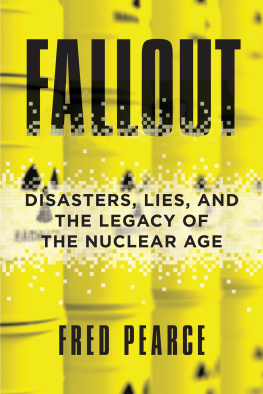Nuclear Bodies

Published with assistance from the Mary Cady Tew Memorial Fund.
Copyright 2022 by Robert A. Jacobs.
All rights reserved.
This book may not be reproduced, in whole or in part, including illustrations, in any form (beyond that copying permitted by Sections 107 and 108 of the U.S. Copyright Law and except by reviewers for the public press), without written permission from the publishers.
Yale University Press books may be purchased in quantity for educational, business, or promotional use. For information, please e-mail (U.K. office).
Set in Galliard type by IDS Infotech Ltd., Chandigarh, India.
Printed in the United States of America.
Library of Congress Control Number: 2021942566
ISBN 978-0-300-23033-8 (hardcover : alk. paper)
A catalogue record for this book is available from the British Library.
This paper meets the requirements of ANSI / NISO Z39.48-1992 (Permanence of Paper).
10 9 8 7 6 5 4 3 2 1
For Dylan and Max
Contents
Preface
Millions of people around the world have suffered harm from radiation since the nuclear attacks on Hiroshima and Nagasaki in 1945. Their bodies form part of the fabric of ecosystems where nuclear fallout deposited radioactive particleswhether from nuclear weapon testing, nuclear power plant accidents, or the production of materials used in both technologies. These exposures have led to deaths, illnesses, forced evacuations from homes and communities, continued habitation in radiologically contaminated landscapes, tainted food sources, and endless anxieties and emotional distress. The experiences of these global hibakusha have been largely invisible to us because they happened primarily in colonial, postcolonial, or remote parts of our world, or to people with little political recourse. (Hibakusha is a Japanese word denoting a survivor of the attacks on Hiroshima and Nagasaki.)
Based on its belief that nuclear weapons were likely to be used in warfare after 1945, the United States conducted large-scale studies to understand the medical consequences of exposure to radiation from the detonations of these weapons. The studies focused on the large bursts of external radiation (primarily gamma waves) that ravaged human bodies in Hiroshima and Nagasaki, but they ignored radioactive particles that cause harm when internalized inside of the body. The radioactive waves remain close to the hypocenter and last less than a minute, while the radioactive particles can travel far downwind and remain dangerous anywhere from a few hours to millions of years later, depending on the specific chemistry of the particle.
World War III never happened, but the detonation of more than two thousand nuclear weapons in tests did happen. During these tests, the external waves of radiation were contained to the test sites; however, mushroom clouds heavy with radioactive particles drifted downwind, where those particles could fall out and affect the health of living creatures. Long-lived fallout particles embedded into the ecosystem and will continue to pose threats to health: plutonium will remain dangerous for over two hundred thousand years, and uranium particles for more than one million years. Areas where particles fell out in large amounts near Chernobyl and Fukushima are still vexed by 137Cs (cesium-137), a particle that remains dangerous for over three hundred years; easily transports through water, plants, and animals; and has shown up consistently in food produced in downwind zones decades later. Millions of people live in places where these disasters happened; whole communities have been devastated and many abandoned.
The invisibility of these global hibakusha is manufactured in both science and politics. Studies of the hibakusha in Hiroshima and Nagasaki built models of risk on external exposures and ignored the internal exposures that would become far more common. Since the global hibakushas exposures do not fit our health models, we are unable to see them as enduring risk from radiation. Politically, nuclear weapon states do not want to acknowledge that weapon effects like falloutwhich are designed for use in warfare to sicken and killconstitute actual warfare when inflicted on people during tests. This is not information that emerged slowly; awareness of the health impacts from fallout is what originally led nations to establish their test sites far from the elite populations in their societies. Some nuclear weapon states never tested in their own countries; others established test sites upwind of ethnic minority populations. Countries like the United States, the United Kingdom, and France tested large thermonuclear weapons on small Pacific islands and atolls that were either colonial or postcolonial trust territories. Awareness of the risks to communities downwind drove those siting choices; little care was given to the actual people living there.
Conversely, nuclear power plant accidents happen in developed nations to communities with some measure of political agency and access to information. The perceptions about radiation of these populations are more actively managed, in part because of their rights to compensation. For these people, the studies of the hibakusha from Hiroshima and Nagasaki are invoked to convey that levels of radiation in zones downwind from explosions, such as at Chernobyl or Fukushima, are too low to be of medical consequence. However, explosions from nuclear power plant accidents also raise clouds of radioactive particles into the air and deposit them downwind. Defenders of nuclear power dismiss downwinders health concerns and describe people living in contaminated areas as suffering from an irrational fear of radiation, which they pathologize as radiophobia. When a nuclear disaster happens upwind of your home and fallout clouds deposit radionuclides into your environment, anxiety is a rational response. Communities in need of information and assistance are instead routinely chastised for reacting to the toxic disaster thrust upon them.
The risks from radioactive particles and their behavior in ecosystems were well-known from the start. Senior Manhattan Project scientists had considered using radioactive particles as an offensive weapon against the Germans in World War II long before nuclear weapons were successfully manufactured; they discussed aerosolizing radionuclides so that enemy soldiers would internalize lethal amounts through inhalation. In 1946, after the first American postwar nuclear tests in the Marshall Islands, scientists made extensive studies of the behavior of fallout particles in the waters, soils, and biota of Bikini Atoll and strategized how to best weaponize these effects to both kill and psychologically terrorize an enemy population. Throughout the Cold War, military planners on all sides designed attacks that would weaponize fallout radiation to massacre enemy populations. All of this took place while simultaneously asserting that these same fallout clouds posed no health risk to people living underneath them downwind from test sites. They behaved as though the direct use of fallout radiation in warfare was strategic and calculated, while indirect exposures from testing, production, and accidents were inconsequential and below health concerns. In fact, the effects of fallout do not change depending on the intentions of the party doing the irradiating.
The Cold War was, in part, a limited nuclear war conducted against these communities. We imagine that the nuclear war didnt happen because we had been envisioning the protagonists attacking each other, but the two thousand weapons detonated during the Cold War had profound impacts. The effects on global hibakusha communitiesearly mortality, disease, displacement, contamination of food sources and ecosystemsconstitute a limited nuclear war. The fact that the locations where this happened are on the periphery of our political consciousness is why we are unaware of what happened, and also why they were chosen in the first place.
Next page
